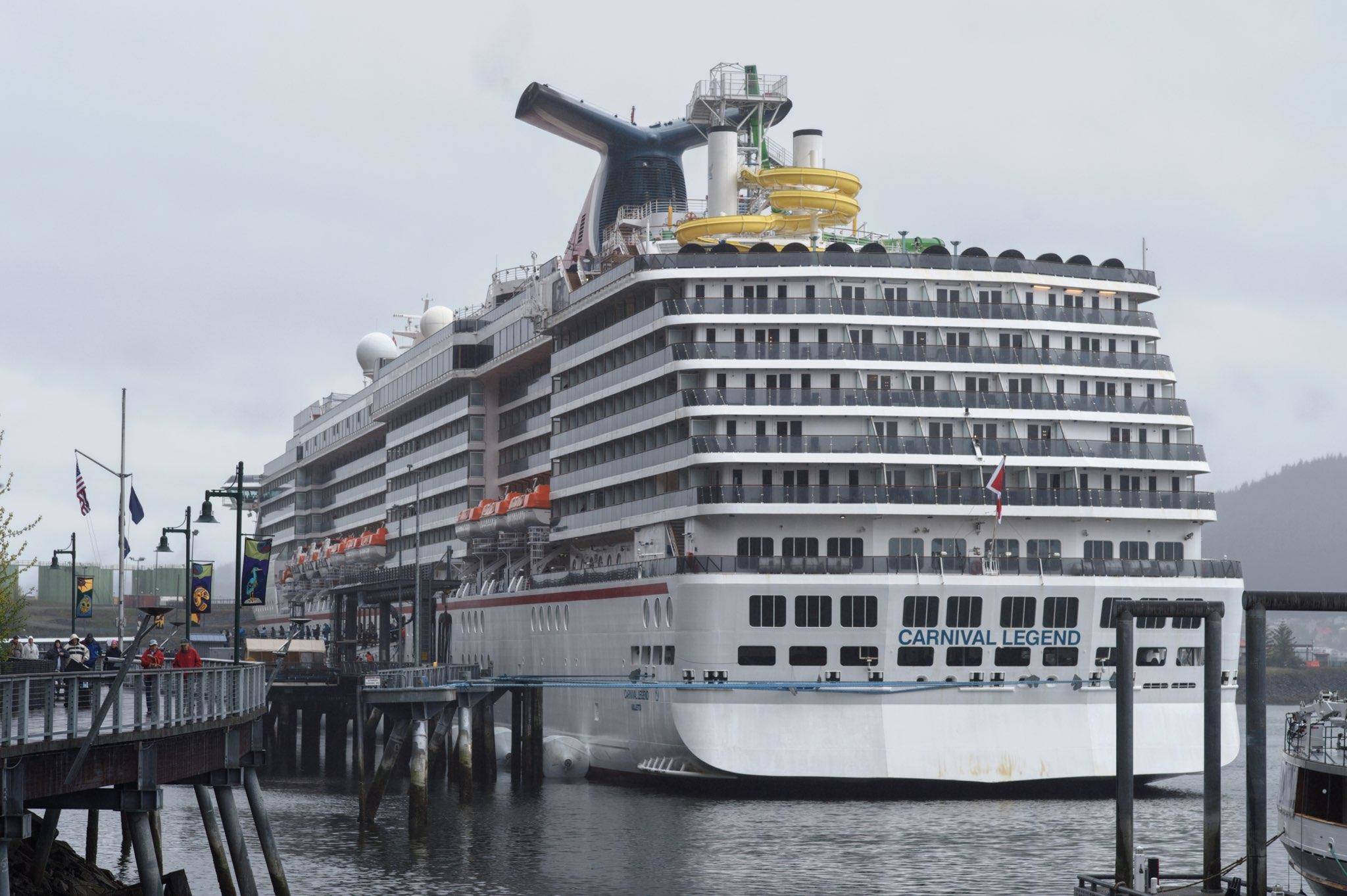While you can see data collected by air monitors in Juneau in real time, the numbers don’t mean much yet.
Twenty-one monitors were installed around downtown Juneau in late April for the first ambient air quality study in the capital city in over a decade. Monitors measuring sulfur dioxide in the air were also installed, but information from those devices is not provided in real time.
“We don’t have any conclusions yet. It’s very, very early,” said Anna Breuninger, environmental specialist III for the Division of Air Quality and coordinator for the study, in a phone interview with the Juneau Empire. “We’re getting what looks like real data, and that’s about all I can say.”
“We’re watching the data come in very closely, but we are not doing analysis yet because it doesn’t make sense because we don’t have a lot of data,” she added.
[Study examines pollutants in Juneau’s air]
The devices sharing data use lasers to measure particulate matter in the air. They report information collected in near real time online, and they’ll remain up through October.
Particulate matter 2.5, which is what the devices are primarily monitoring, are fine inhalable particles often associated with emissions. At high levels, PM 2.5 can cause health problems including respiratory illness, aggravated asthma, heart attacks and premature death, according to the Environmental Protection Agency.
So far, nothing in the early numbers has jumped out as remarkable or panic-inducing to researchers.
“They’ve been low for the most part, which is what we expect because we have not had many ships yet,” Breuninger said.
The early numbers show an air quality index —a number used by the government to quantify air pollution — typically at healthy levels around downtown with some brief exceptions.
A sensor at city hall shows spikes in particulate matter in the air that could be dangerous if sustained over a 24-hour period. Sensors at Sixth and Harris streets, Seventh and Gold streets, 11th Street and Capitol Avenue and Ninth and B streets also had registered air quality indices over 100, which is the level at which sensitive groups could experience health effects, according to the monitors’ website and the EPA.
One of the highest early spikes was reported by a monitor at 11th Street and Capitol Avenue. The air quality index topped out at 120 at 7 p.m. May 6, according to data available online. That would make it potentially hazardous to sensitive groups over a long time period. The weekly average for that monitor is event lower at 4.
By 7:10 p.m. that was down to the “acceptable” level of 60, which could impact “unusually sensitive” people, and by 7:40 p.m. the level dipped down to 12, which resides in a green satisfactory slice of the online graph. At that point “air pollution poses little or no risk.”
Juneau’s port schedule does not show a cruise ship arriving or departing at 7 p.m. The Nieuw Amsterdam arrived at 1 p.m. and departed at 10 p.m. at May 6, according to the schedule, and the Norwegian Joy arrived at 2:30 p.m. and departed at 11 p.m..
Monitors at the Downtown Public Library and one located near U.S. Customs and Border Protection-Juneau Port of Entry show no air quality spikes over 100 as of May 8.
The brief spikes that have happened do not indicate a public health risk, Breuninger said.
EPA health standards are tied to particulate matter exposure over a 24-hour period.
“We have no way to connect that to any kind of health studies that have been done,” Breuninger said. “It’s too early, and you shouldn’t worry about spikes that go up into the red color. It doesn’t mean much when you see it rise up for a minute or two. That doesn’t mean much in terms of health.”
[Polluting paradise? New monitors could point to an answer]
If the monitors do report dangerous levels of air pollution over the summer, Breuninger said that still may not indicate there is actually a public health risk.
That’s because the monitors being used are relatively cheap devices — about $250 each — and they are not EPA-certified.
“With the funding in the state, we just do not have the money to put a (more expensive) monitor out,” Breuninger said.
The study being done is intended to have a wide scope and to allow researchers to observe changes over time at different points around downtown. While the numbers themselves may be inaccurate, changes can still be tracked — think of the way a clock set to the wrong time can still measure how many minutes have passed.
However, the data being captured could be substantially different from what would be reported by a $2,500 device.
“These are also very cheap, inexpensive samplers that are not necessarily correlated to very expensive monitors,” Breuninger said. “Even if it has a number that looks high it could be twice as high as the real number.”
If analysis of data collected over the course of the study suggests air pollution in Juneau potentially poses a risk, Breuninger said the next step would be attempting to secure funding for an EPA-certified device to determine if there truly was a public health risk.
In the meantime, Breuninger said she and her colleagues will be tracking the numbers with the understanding Juneauites want to know about the air they breathe.
“We really appreciate that everyone is so interested in their air quality and their health,” she said. “Sometimes there is a thought that we don’t care, and I can tell you that our group really cares.”
• Contact reporter Ben Hohenstatt at (907)523-2243 or bhohenstatt@juneauempire.com. Follow him on Twitter at @BenHohenstatt.

